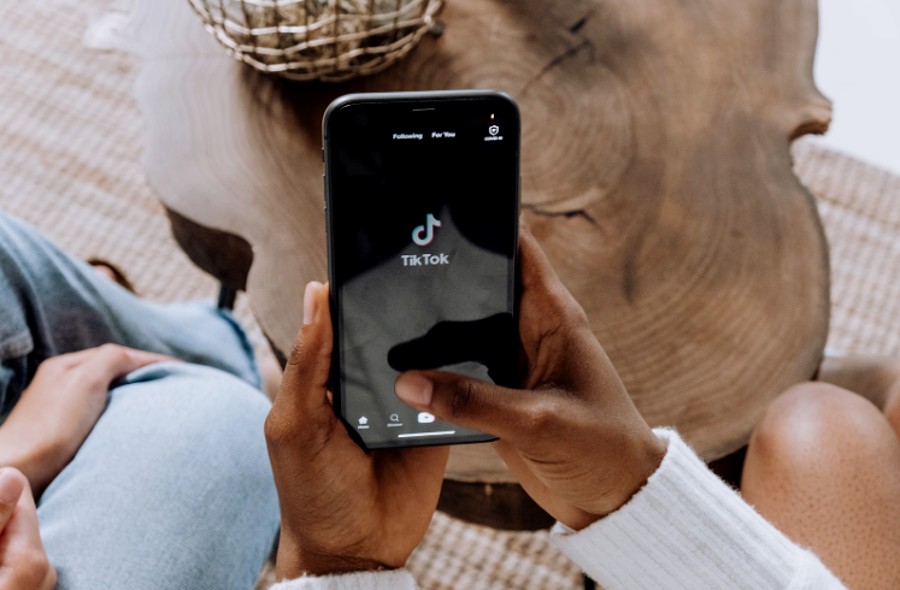
It’s impossible to miss the fact that a lot of things—the majority of them having to do with IT—are quickly transitioning to mobile formats.
There were 7.91 billion people on the planet as of Q1 2022. Concurrently, 5.31 billion people make use of mobile phones, and overall, there are far more mobile connections than 8 billion. In 2020, Android users used their smartphones and tablets for an average of four hours each day. According to analyst projections, as of right now, people have spent 121.5 trillion hours on the Internet.
Another interesting fact: against the backdrop of statistics on the global number of Internet users (which today counts 4.95 billion people compared to 2.18 billion precisely ten years ago), the UN has listed Internet access as “a fundamental, inalienable human right.”
In 2021, 230 billion apps were downloaded to mobile devices worldwide. And the icing on the cake is that each time people access their mobile devices, they spend 90% of their time using a single app.
Obviously, in the light of these figures and facts, the conversation about how to attract users, and therefore, compete in the market of mobile applications seems to be ever so relevant.
Complexity of Mobile App Usability Testing
When it comes to mobile app usability testing, just listing the parameters, each of which can be critical to the success or failure of such a program, can make it clear how extraordinary this task is. The mobile testing approach includes the research of the visual appeal, correctness of UI layouts on an infinite number of screens of various formats and resolutions, response times, network reliability with a weak signal… Add a hundred more parameters to this, and you will hardly exhaust a half of the list.
Of course, when it comes to a particular program, no one includes the whole endless list in their testing strategy.
The first step in determining the optimal set of tests is the selection of priority targets. QA experts tend to focus on the following user-attractive attributes, suggested by Peter Morville, a recognized authority in the field. According to his concept, proposed back in 2004, the product must meet the following requirements:
- Useful
- Practical
- Desirable
- Easy to download
- Intuitively easy to operate
- Lucrative for the developer
- The product must inspire confidence in itself
When identifying areas for user testing of a mobile application, it is instrumental to constantly check them against this list for hidden contradictions or inconsistencies.
One of the essential aspects of user testing, which distinguishes it from the more usual tests related to code quality, performance, and security, is the work in focus groups.
For this, people who are not directly related to QA are invited to participate, and they, just like a jury, are asked to pass their sentence on the mobile application. At the same time, QA experts – https://testfort.com/qa-outsourcing carefully observe non-verbal reactions and collect comments. Such a mobile testing approach allows you to provide a fresh look from the outside, not blurred by professional perception.
An excellent indicator of how intuitive the application’s interface and all the logic of its management are would be conducting user testing without providing any instructions to users. Experts don’t give hints during users’ acquaintance and work with the program. At the same time, of course, any particular thing or event that caused at least a short confusion or misunderstanding is carefully documented for further correction.
The main thing in moderation: watch and listen, but do not interfere
Moderation is of particular importance in user testing. Experts sometimes literally have to slap their hands and hold their mouths shut so as not to exclaim something like: “What’s not clear about this? Just press this button”! But that’s the point of working with a focus group consisting of ordinary users. What is clear to a designer or developer who took part in the development and debugging of this program, can be pretty confusing to an average person. Namely, the spontaneous reactions of ordinary users provide invaluable material for creating a five-star mobile application.
Summing up
Of course, the usability testing methods of mobile applications are by no means limited to the examples given here. In this article, we have focused on the principles and main approaches used by QA experts at this stage of pre-release preparation.
However, it is important to emphasize once again: with the incredible number of offers that a user has on Google Play and App Store, they, as a rule, do not give buggy, unpolished applications a second chance. Therefore, the only way to encourage users to keep your application on their devices is to make them fall in love with your product.
Become a Harlem Insider!
By submitting this form, you are consenting to receive marketing emails from: Harlem World Magazine, 2521 1/2 west 42nd street, Los Angeles, CA, 90008, https://www.harlemworldmagazine.com. You can revoke your consent to receive emails at any time by using the SafeUnsubscribe® link, found at the bottom of every email. Emails are serviced by Constant Contact








